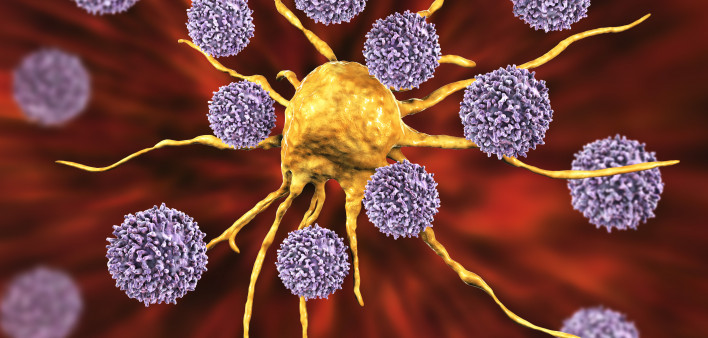People with HIV are increasingly being diagnosed with a non-AIDS-defining cancer for a second time, Reuters Health reports.
Publishing their findings in The Lancet HIV, researchers analyzed diagnoses of what are known as primary cancers among 22,600 people who were diagnosed with HIV when they were 16 years old or older in San Francisco between 1990 and 2010. A diagnosis of a primary cancer specifies a novel malignancy, as opposed to cancer that spread from another source.
The study authors referred to the California Cancer Registry for data on primary cancers diagnosed among the cohort members between 1985 and 2014. They identified 4,144 primary cancers that were the individual’s first diagnosis of cancer, 372 second primary cancers, 26 third primary cancers and three primary cancers that were a fourth or greater diagnosis of cancer.
Fourteen first primary cancers on the list were more commonly diagnosed among people with HIV compared with diagnosis rate among the general population—including by a factor of 127-fold for Kaposi sarcoma, 17.2-fold for non–Hodgkin lymphoma, 8-fold for invasive cervical cancer, 46.7-fold for anal cancer, 13.3-fold for vulvar cancer, 10.4-fold for Hodgkin lymphoma and 4.2-fold for eye and orbit cancer.
Compared with the general population, the diagnosis rate for second primary cancers was higher by a factor of 28-fold for Kaposi sarcoma, 17-fold for anal cancer, 11.1-fold for non–Hodgkin lymphoma, 5.4-fold for Hodgkin lymphoma and 3.6-fold for liver cancer.
During the study period, the diagnosis rate in the HIV population of both first and second primary cancers that were AIDS-defining declined. Meanwhile, the diagnosis rate of second primary cancers that were non-AIDS-defining increased.
To read the Reuters Health article, click here.
To read the study abstract, click here.







Comments
Comments